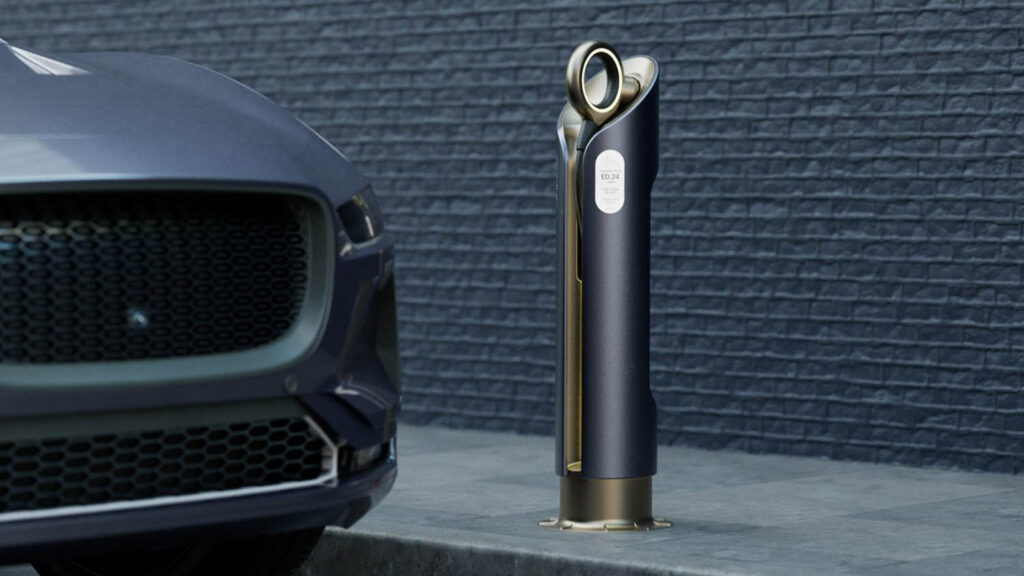The UK has a history of creating iconic national designs, and our politicians seem to think we need more of them. But Stephen Holmes has some doubts about whether that kind of thinking works in today’s global market
The pandemic has meant that I’ve had no desire or need to venture into central London for almost two years. Like most actual residents of London, I’d always been quite happy avoiding the hellish Zone One and its hordes of shoppers and tourists, even before Covid-19 hit.
So, when the call came to venture back into town, in order to attend our sister publication AEC Magazine’s excellent NXT BLD event, I found myself meandering towards the venue in Westminster like a sightseer.
I’d been there countless times before, walking out of the Tube station to be met with the grand buildings of UK governance, typically too preoccupied to pay them any attention and instead chastising the tourists who stood gawping at Big Ben for getting in my way. So it was with refreshed eyes that I found myself taking it all in.
National icons
 The line of old red phone boxes along the street at Parliament Square were, as usual, proving a beacon for people taking selfies with their phones while holding up an archaic black handset; their iconic design by Sir Giles Gilbert Scott reduced to little more than a prop or gimmick that attracts extra ‘likes’ on an Instagram post.
The line of old red phone boxes along the street at Parliament Square were, as usual, proving a beacon for people taking selfies with their phones while holding up an archaic black handset; their iconic design by Sir Giles Gilbert Scott reduced to little more than a prop or gimmick that attracts extra ‘likes’ on an Instagram post.
But when did any of us last use a phone box for its intended purpose?
It struck me that, by hanging on to such designs as part of our wider social fabric, the UK has by now amassed quite a collection of street furniture that offers little real functional purpose outside that of national pride.
Pride is always needed. It can hold communities, cities, even entire nations together. Common denominators elicit it, things as familiar as sports teams, old industries and landmarks. It’s why Facebook memes continue to ask, What Do You Call a Bread Roll Where You Come From? I know that in your head you snapped an answer to that question instinctively, and you’re literally proving my point.
(And by the way, the correct answer, as anyone from my part of the world knows, is ‘teacake’, pronounciation: [tee-k’yak].)
Proud or parochial?
Once home that evening, I was intrigued to see news of a new ‘National Design’ for a UK network of electric car charging points. The Royal College of Art and management consultancy firm PA Consulting have been awarded a £200,000 grant from the Department for Transport’s Office for Zero Emission Vehicles, with a view to creating an iconic piece of pavement furniture suitable for installation on roadsides up and down the country.
The government has requested a sculptural form that will make it easy for motorists to spot the chargers, but that also incorporates “British designs of old that are recognised the world over.” The ultimate goal, apparently, is to create no less than “the next great British emblem”.
In other words, the government wants a design that members of the great British public will see, identify with immediately, and which instantly generates a deep surge of pride in their chests. “I’m charging the car, Margaret. Best run up the Union Jack and start singing Jerusalem.”
Will future generations look upon a piece of roadside infrastructure and feel an instant emotional attachment?
Local goes global
But in a world where my smartphone looks the same as yours, our cars vary only slightly, our Netflix consumption and excessive use of avocado is on a par, do we really need national designs? Will future generations look upon a piece of roadside infrastructure and feel an instant emotional attachment?
Most designers I speak to today work to develop products with a global market in mind – so is the arrival of this fast-moving automotive technology different in some way? Is it an opportunity to create a specialised product, with a focus on serving low-volume, local market needs first; or are the people handing out £200k design grants caught up in a Westminster phone box fantasy?
History suggests that London will get by just fine with its current monuments to a bygone technological age. Rome has done quite well, after all.
But in terms of developing new technologies and products, it’s probably best that we look to create wider reaching products, rather than clinging to cliches about what great British design really is.






